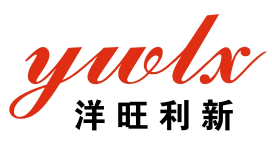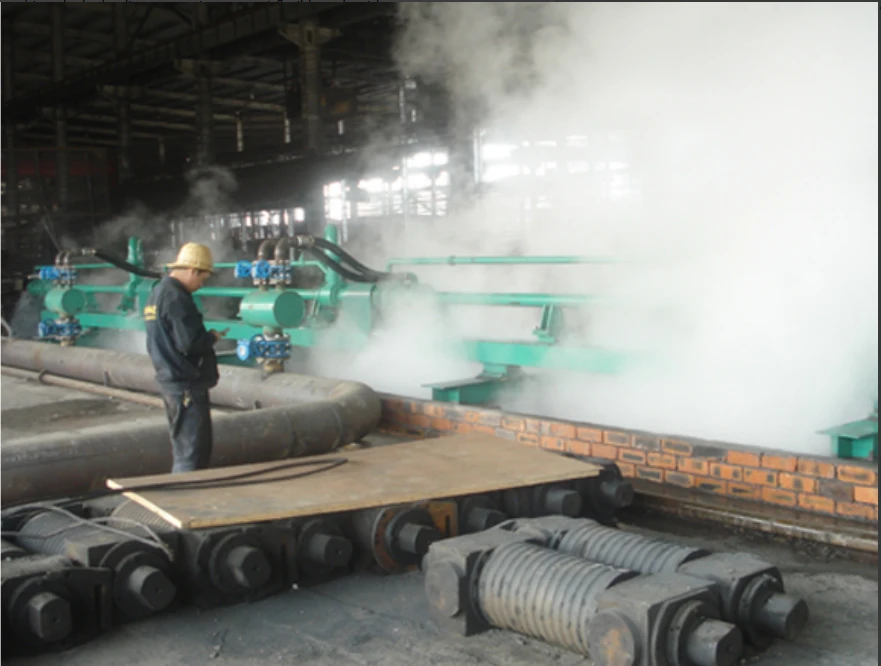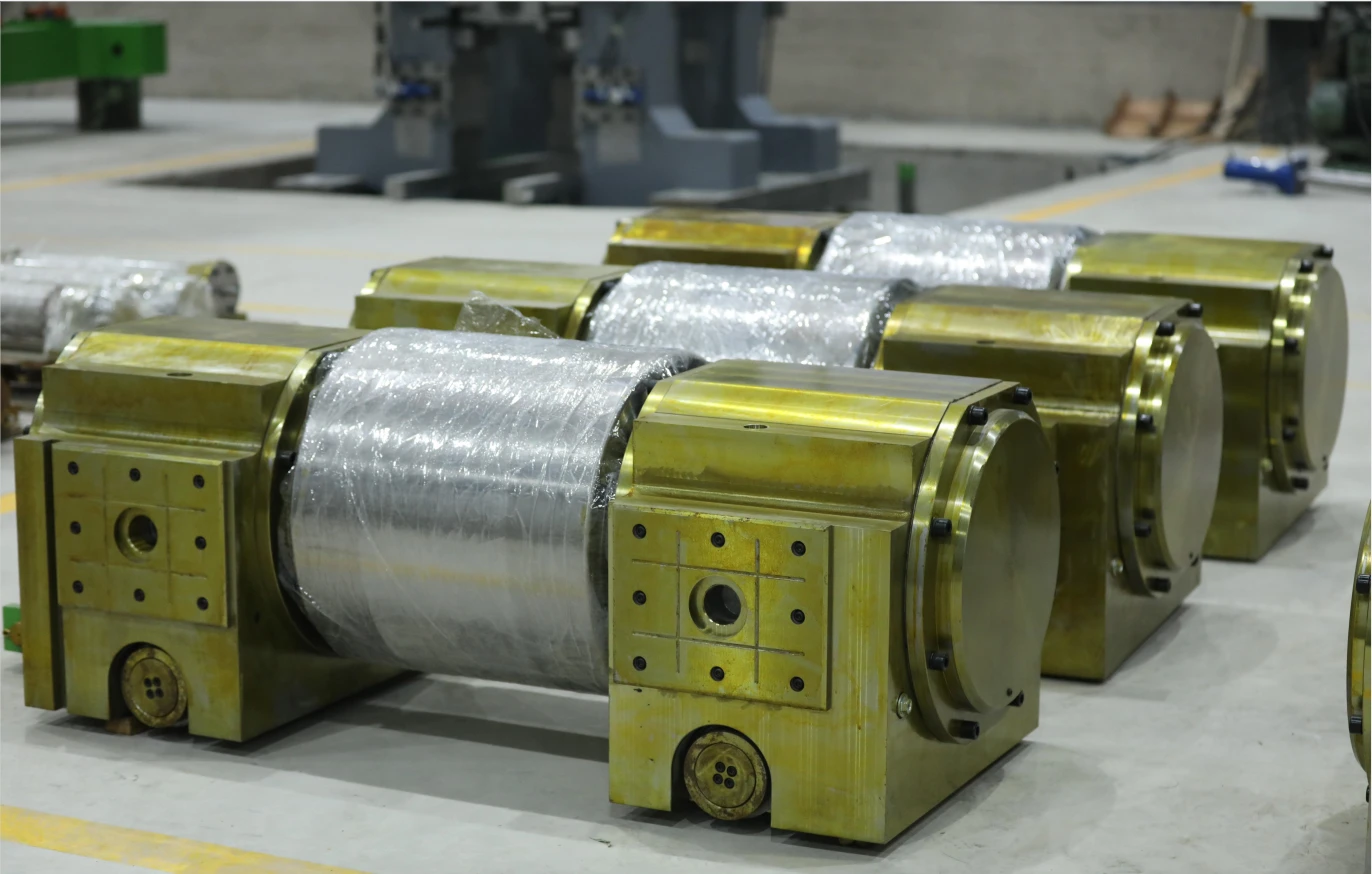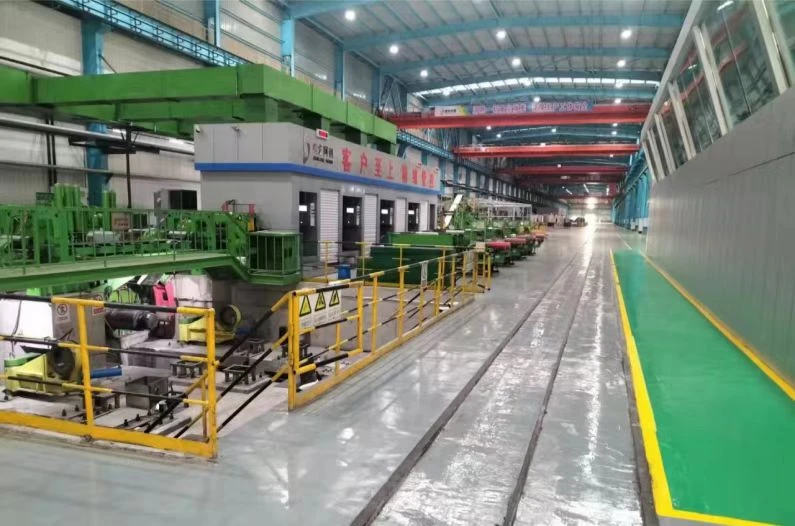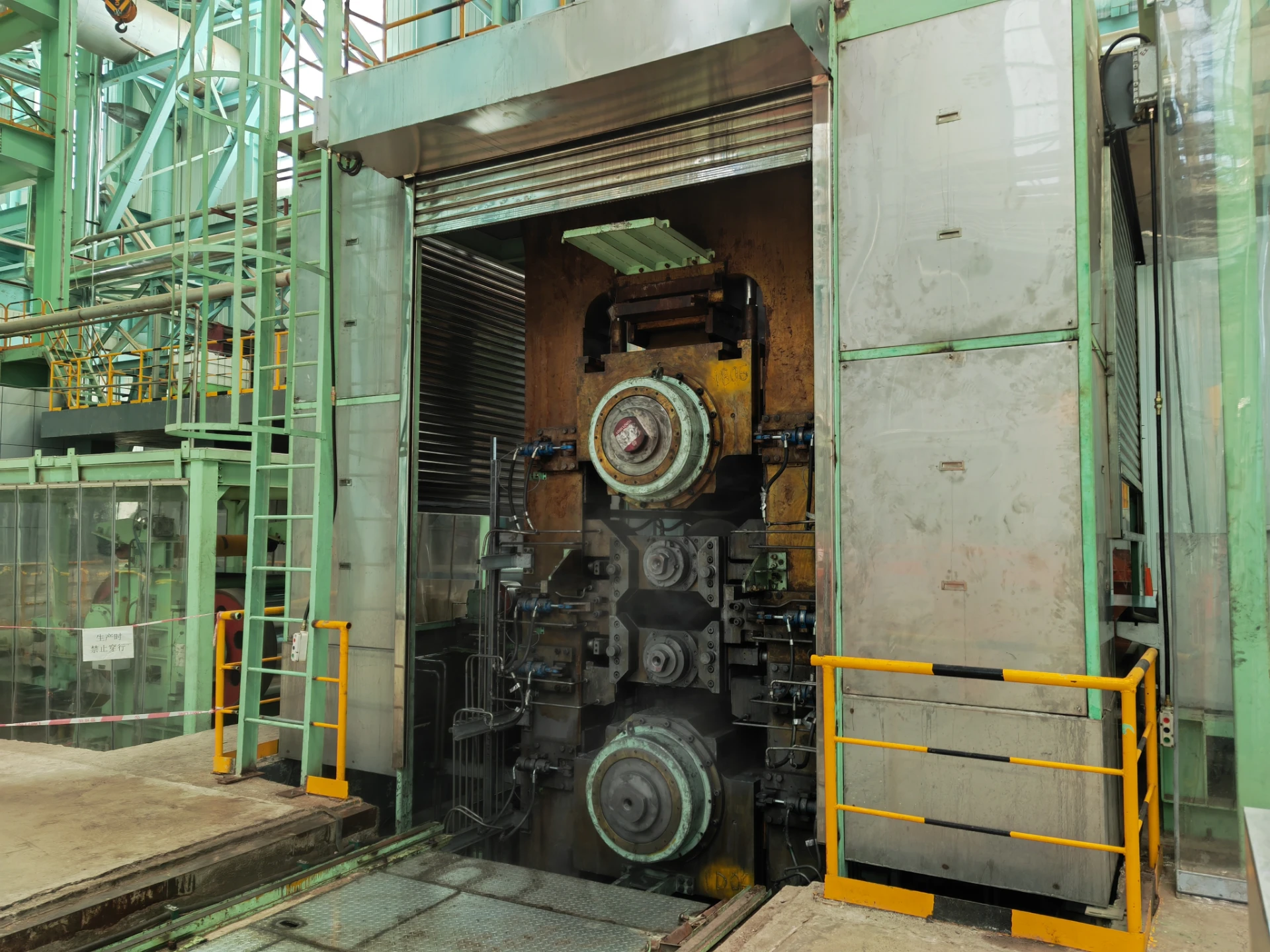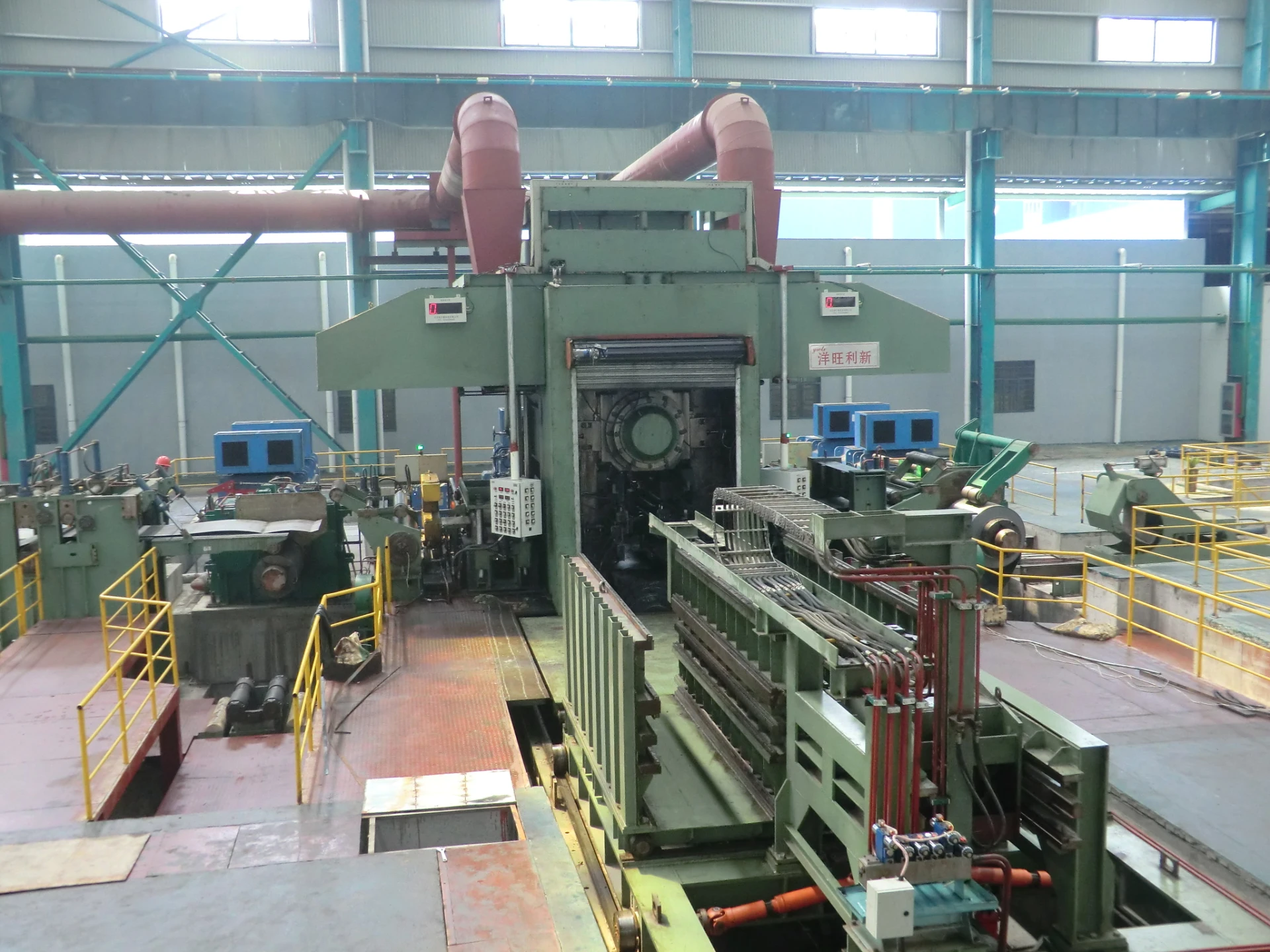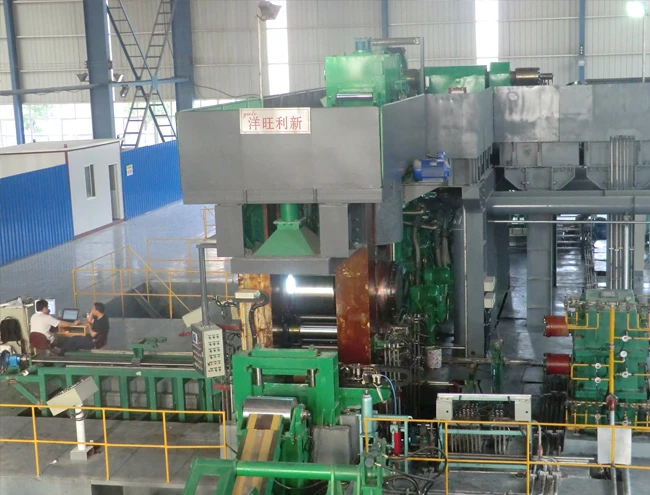
Efficient Water Quenching Process for Superior Metal Treatment
Jul . 30, 2025 06:00
Back to list
Efficient Water Quenching Process for Superior Metal Treatment
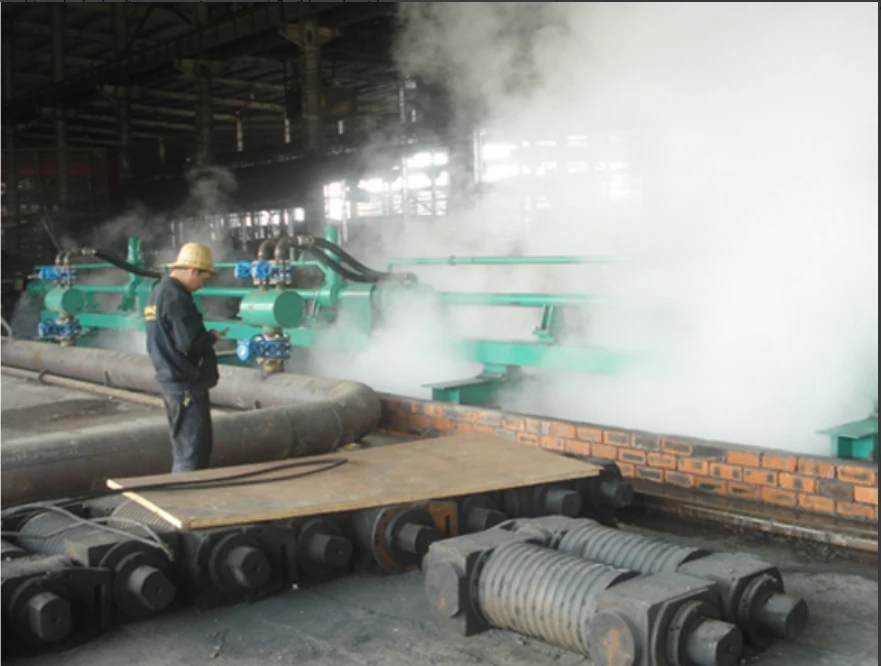
Product Spotlight: Water Quenching System – Advanced solution for precision water quenching, supporting steel, metallurgy, petrochem, and more.
1. Industry Overview & Trend Analysis
The water quenching process represents a cornerstone in modern thermal treatment technology, widely adopted in metallurgical, petrochemical, and advanced manufacturing sectors. According to a 2023 market report by Global Market Insights, the global water quenching systems market surpassed USD 2.1 billion, with annually projected growth of 6.3% through 2028. Rising demand for high-tensile, corrosion-resistant metals across automotive and energy verticals is expected to further enhance adoption.
Key trends shaping the industry:
- Integration of smart sensors, PLC automation, and Industry 4.0 control.
- Development of energy-saving water quenching devices with reduced water consumption and heat recovery systems.
- Stringent adoption of international quality standards (ISO 9001:2015, ANSI/ASME norms).
- Customization for new steel alloys, high-speed wire rods, and demanding petrochemical component lines.
2. Parameter Comparison: Traditional vs. Water Quenching Process Solutions
| Parameter | Oil Quenching | Air Quenching | Water Quenching Process |
|---|---|---|---|
| Cooling Rate | Medium (40-80°C/s) | Low (~10°C/s) | High (200-600°C/s) |
| Typical Application | Tool steel, springs | Thin-section parts | Structural bars, wire, plates |
| Energy Efficiency | Medium | High | Very High (with closed-loop systems) |
| Uniformity | Prone to distortion | Variable | Excellent (±2°C uniformity) |
| Eco-Friendliness | Risk of fire, oil contamination | Clean | Water-recyclable, no harmful vapor |
| Safety | Fire risk | Low hazard | Safe—no combustibles |
| Compliance | Moderate | High | Meets ISO, ANSI standards |
3. Technical Specifications: Water Quenching System
Fig 1: Main technical indicators comparison – Water Quenching System
| Specification | Water Quenching System | Industry Range |
|---|---|---|
| Material | 304/316 Stainless Steel, Cast Alloy | Alloy steel, stainless, copper |
| Operating Pressure | 0.2 — 0.7 MPa | 0.1 — 0.75 MPa |
| Temperature Control | ±2°C Precision | ±5°C (typical) |
| Cooling Rate | 200—600°C/s | 100—650°C/s |
| Spray Nozzle | Venturi/Mist type (ANSI B16.5 certified) | Standard jet/spray |
| Automation | PLC + HMI + Remote I/O | Manual/PLC |
| Corrosion Resistance | High (Salt-spray >1200h) | Medium |
| Service Life | > 12 years | 8-10 years |
| Standard Compliance | ISO 9001:2015, ANSI/ASME | OEM |
4. Water Quenching Process: Manufacturing Flow & Workflow Diagram
Standard Water Quenching Process Workflow:
① Pre-heating/Annealing → ② Rapid Transfer (≤3s) → ③ Water Spraying/Immersion (controlled temp: 30-60°C, pressure: 0.4 MPa) → ④ Agitation & Monitoring (flow, pressure, temp sensors) → ⑤ Hold/Cooling Ramp-down → ⑥ Draining & Surface Treatment → ⑦ Quality Inspection (hardness, microstructure, ISO/ANSI checks)
Legend: ■ Key node | ▶ Sensor checkpoint | ● Water flow step
Visual explanation:
(Watch Quenching Animation Video)
① Pre-heating/Annealing → ② Rapid Transfer (≤3s) → ③ Water Spraying/Immersion (controlled temp: 30-60°C, pressure: 0.4 MPa) → ④ Agitation & Monitoring (flow, pressure, temp sensors) → ⑤ Hold/Cooling Ramp-down → ⑥ Draining & Surface Treatment → ⑦ Quality Inspection (hardness, microstructure, ISO/ANSI checks)
Legend: ■ Key node | ▶ Sensor checkpoint | ● Water flow step
Visual explanation:
(Watch Quenching Animation Video)
5. Design & Manufacturing Quality
- Materials: All process-facing components constructed from 304/316 Stainless Steel, certified per EN/DIN/ANSI for anti-corrosion and thermal durability.
- Manufacturing: CNC-machined spray chambers, precision-cast connectors, and robot-welded pipework ensure low tolerances (<0.12mm), minimal scale buildup, and high reliability.
- Inspection/Testing: Each water quenching device undergoes hydrostatic (ISO 3452-1), ultrasonic weld, and full-cycle fatigue testing before shipment.
- Certification: Factory is certified to ISO 9001:2015. Exports meet FDA water handling specs and full RoHS compliance for environmental protection.
- Service Life: Over 12 years (verified by third-party salt spray and life-cycle laboratory tests).
Technical Indicator Comparison: Quenching System Types
Fig 2: Comparative performance of Water, Air, and Oil Quenching Devices
6. Application Scenarios & Industry Cases
Example 1 – Metallurgy: In a leading rebar mill (annual output 1.2 million t), the Water Quenching System enables online controlled cooling (QST process) and achieves yield strength increase from 400 MPa to 630 MPa.
Example 2 – Petrochemical: For refinery heat exchanger tubing, rapid quenching ensures martensitic structures with less than 0.5% residual austenite, reducing subsequent stress-relief needs by 30%.
Example 3 – Municipal Water: In cast iron pipe manufacturing, customized water quenching devices reduce cycle time by 22% and extend pipe service life.
Example 2 – Petrochemical: For refinery heat exchanger tubing, rapid quenching ensures martensitic structures with less than 0.5% residual austenite, reducing subsequent stress-relief needs by 30%.
Example 3 – Municipal Water: In cast iron pipe manufacturing, customized water quenching devices reduce cycle time by 22% and extend pipe service life.
- Proven energy savings: Up to 30% water reduction via closed-loop recycling modules.
- Corrosion resistance: Over 1200h in salt spray according to ASTM B117.
- Safety: Automated interlocks and real-time leak detection pass OSHA/EU safety standards.
- Large partner portfolio: BAOSTEEL, POSCO, major EPC firms (>1700 installations worldwide since 2008).
- Field Data: Within 2 years, product defect rates drop from 2% to <0.3% in client facilities using this quenching solution.
7. Manufacturer Comparison: Customization & Support
| Feature | Water Quenching System (Beijing YWLX) |
Domestic Brand A | European Brand B |
|---|---|---|---|
| Material Options | 304/316L, Nickel Alloy | 304/316 | 316L, Duplex Steel |
| Smart Control | PLC+SCADA+Remote app | PLC only | PLC+Custom Interface |
| Delivery Lead Time | 30–45 working days | 60 days | 45–65 days |
| Warranty | 18 months, onsite service | 12 months, offsite | 24 months, remote only |
| Custom Engineering | Free 3D Design & Flow Analysis | Extra fee | Included |
| Standard Certs | ISO, ANSI, API, RoHS | ISO only | ISO, EU EN |
| Support Languages | EN/CN/ES/RU | English/Chinese | English/German |
8. Customization Process & Turnkey Project Workflow
- Requirement Analysis: In-depth technical meeting, site survey, water analysis, production line assessment.
- Design Phase: 3D CAD modeling, flow simulation (CFD), selection of valve/spray head per project standard.
- Approval: Submission of drawings, technical specs, and ISO/ANSI/FDA compliance documentation.
- Manufacturing & FAT: Component fabrication, pre-assembly, Factory Acceptance Test (FAT) with client.
- Delivery & Installation: 30–45 working days typical delivery. Onsite commissioning by certified engineers.
- Training & Handover: Operator and maintenance training, full documentation, performance verification.
- Service & Aftercare: 24/7 expert hotline, remote diagnostics, annual checkups included in warranty.
9. Real-World Performance & Data Visualization
Fig 3: Application Shares of Water Quenching Process by Industry (2023 Data Source: Frost & Sullivan)
- Metallurgy: 54%
- Petrochemical: 22%
- Municipal Water: 18%
- Others (Energy, Marine, etc): 6%
10. Service Pledge, Delivery, and Quality Commitment
- Lead Time Guarantee: Standard delivery 30–45 working days, expedited option available.
- Warranty: 18 months, full parts and labor, with global on-site service.
- Support: Technical team available 24×7×365. Secure customer portal allows real-time ticket tracking and process documentation downloads.
- Customization Promise: Tailored water quenching device for special alloys, high-tensile steel, large-diameter tubes, and harsh environments.
- Quality: Each system is tested to ISO 9001:2015, ANSI, and FDA water handling standards.
FAQs: Professional Insights on Water Quenching Process
Q1: What are the most common materials for a water quenching device?
A: 304 and 316 Stainless Steel, due to their corrosion resistance and mechanical strength at high temperatures. For extreme environments—Nickel alloys or Duplex stainless can be used.
Q2: What specifications are critical when sourcing a system?
A: Focus on operating pressure (0.2–0.7MPa), cooling rate (200–600°C/s), temperature control accuracy (±2°C), compliance certifications (ISO/ANSI/FDA), and automatic control features (PLC or CNC integration).
Q3: Do installations need to meet specific industry standards?
A: Yes, installations typically comply with ISO 9001, ANSI B16.5 (for pipe/flange connections), ASME Boiler & Pressure Vessel Code, and often regional standards (e.g., OSHA, EN13445 for EU projects).
Q4: How is product lifetime ensured?
A: Service life >12 years is achieved via 316L steel, anti-corrosion coatings, periodic ultrasonic inspection, and salt-spray testing (ASTM B117) pre-shipment.
Q5: What is included in the quality testing process for a quenching system?
A: Full-cycle hydrostatic pressure test, leak detection, dimensional verification, hardness and microstructure checks post-quenching, and third-party ISO/EN certification review.
Q6: What kind of automation is delivered?
A: Advanced PLC+HMI automation, smart sensors for flow/pressure, remote web diagnostics, and full process data logging for batch traceability (IoT-enabled).
Q7: What is the biggest advantage of customized water quenching process?
A: Allows for precise cooling rate adaptation per alloy/size, improved final mechanical properties, energy saving (via optimized nozzles and water recycling), and compliance with strict QA/QC protocols.
11. Further Reading & Authoritative References
- “Water Quenching in Metallurgical Application” Materials Science Journal, IOP Publishing, 2022
- Frost & Sullivan, “Global Quenching System Markets, 2023,” Market Insights
- ASM International, Heat Treating Progress: Quenching Tech
- Forum Discussion: “Advantages of Water Quenching for High-strength Steels,” Eng-Tips Metallurgy Forum
Latest news
-
YWLX’s 1450mm Six-Hi Reversing Mill Goes Live in BangladeshNewsNov.24,2025
-
Adjusting Roll Gap in 6Hi Reversing Cold Rolling Mill for Thin StripNewsNov.13,2025
-
Quality Control Standards for Automatic Gauge Control in Strip RollingNewsNov.13,2025
-
Effect of Skin Pass Rolling on Metal DuctilityNewsNov.13,2025
-
Key Components of a Modern TempermillNewsNov.13,2025
-
Common Wear Patterns of Work Roll in Tandem Cold Mill OperationsNewsNov.13,2025
-
Revolutionary Skin Pass Rolling Technology for Enhanced Steel QualityNewsNov.04,2025
Related Products


